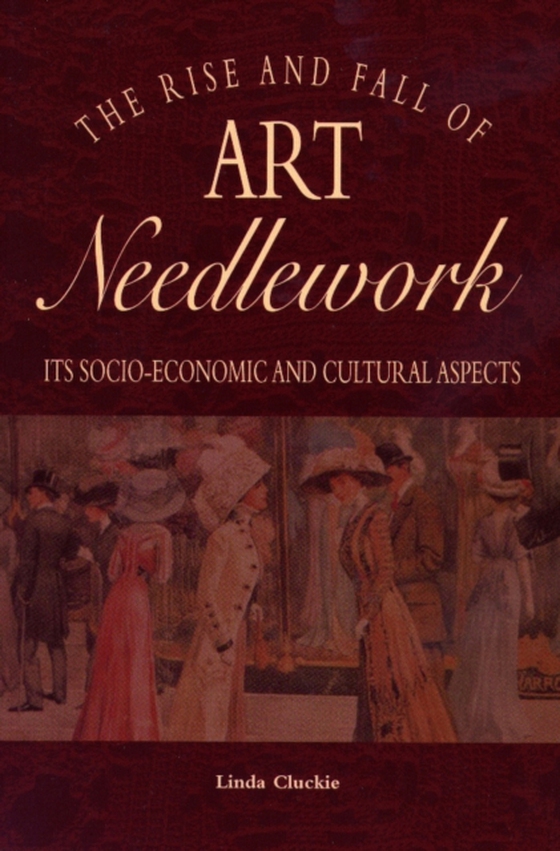
Rise and Fall of Art Needlework e-bog
87,79 DKK
(ekskl. moms 70,23 DKK)
In the nineteenth century a new needlework style 'Art Embroidery' gave rise to major commercial ventures of the time. The significance of these ventures is explored, particularly the contribution made by women employed in this industry. Auditing their working practices, then relating this to our understanding of gender history. These ventures stimulated the commercial side of embroidery in ...
E-bog
87,79 DKK
Forlag
Arena Books
Udgivet
15 september 2008
Længde
192 sider
Genrer
1DBK
Sprog
English
Format
pdf
Beskyttelse
LCP
ISBN
9781906791193
In the nineteenth century a new needlework style 'Art Embroidery' gave rise to major commercial ventures of the time. The significance of these ventures is explored, particularly the contribution made by women employed in this industry. Auditing their working practices, then relating this to our understanding of gender history. These ventures stimulated the commercial side of embroidery in the late nineteenth century, by mobilising commercial activity through numerous agencies, department stores, depots and charitable institutions. A craft became a major industry, and in examining these important developments, the organisational structure of these enterprises, their marketing techniques in relationship to their predominantly female workforce, will be evaluated. The theme of business enterprise is a conduit which runs throughout, yet the work is not intended as an economic history, rather business history, as social history. The growth and development of 'Art Embroidery' in Britain circa 1870-1890 will be explored giving special consideration to the support received from the art establishment in designing for and educating embroiderers. Initially designing for the massive church building programme being conducted in Britain, the immense popularity of medieval and oriental designs employed in this work, lead also to a demand for secular work. As with all art, design changes are a derivative of social and political changes. These deterministic style changes were reliant upon imperialism, Said's notion of 'the other', but perhaps more interestingly upon white man's burden of manifest destiny, illustrated by Liberty department store. Finally, the decline of the embroidery business in the British Isles will be examined as work was sent overseas chasing cheaper labour in the colonies.Aiming to make a contribution to our understanding of the embroidery business, the book shows the dynamics shaping development and the role of women employed in the industry. In particular the economic significance of the embroidery business to female employment in the nineteenth century will be revealed, as it has been hidden from view, mainly due to employing outworkers, a hidden workforce. Though a social history, the thesis will demonstrate this hidden workforce made a contribution to the British economy.
 Dansk
Dansk

